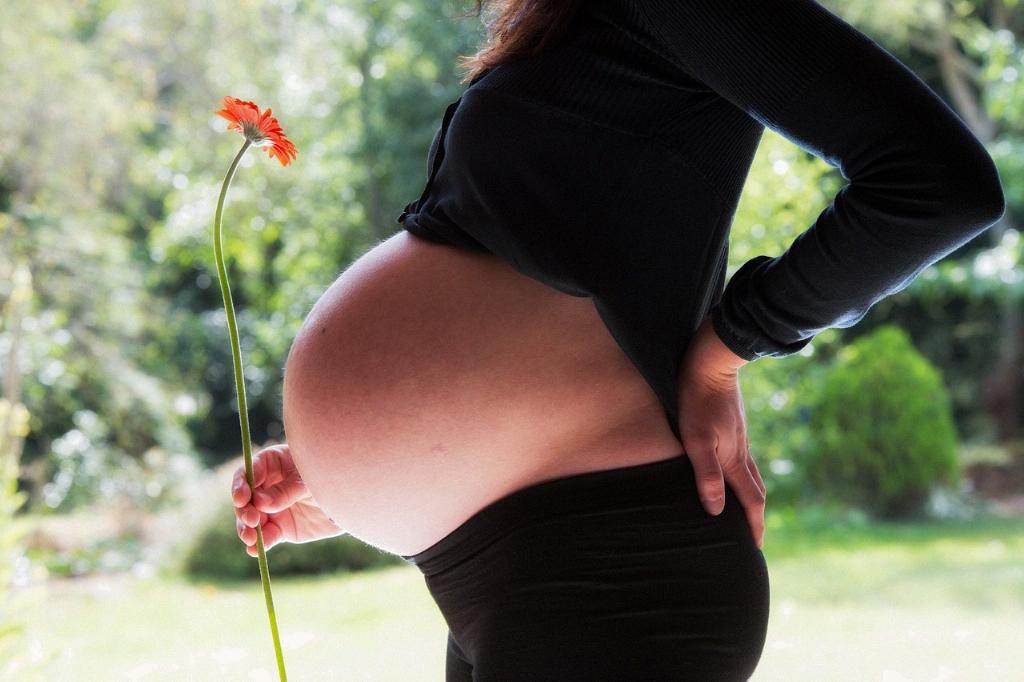When it comes to pregnancy, maintaining optimal health for both the mother and the baby is of paramount importance. Preeclampsia is a serious condition that can develop during pregnancy, characterized by high blood pressure and signs of damage to other organs. One common misconception is that preeclampsia always presents with high blood pressure; however, it is possible to have preeclampsia with low blood pressure.
Defining Preeclampsia
Preeclampsia is a pregnancy complication that typically arises after 20 weeks of gestation. It is marked by high blood pressure and often the presence of protein in the urine (proteinuria). While high blood pressure is a hallmark of preeclampsia, it is essential to recognize that individuals can still develop preeclampsia with blood pressure readings that are not elevated.
The Role of Blood Pressure in Preeclampsia Diagnosis
Traditionally, high blood pressure is a key indicator in diagnosing preeclampsia. A blood pressure reading of 140/90 mmHg or higher is considered elevated. However, it’s crucial to note that individuals with preeclampsia can sometimes present with low blood pressure readings, particularly in the early stages of the condition.
Understanding Low Blood Pressure in Preeclampsia
In some cases of preeclampsia, blood pressure may paradoxically drop below normal levels. This phenomenon, known as hypotension, can be concerning as it may signify severe complications related to the condition. Hypotension in preeclampsia can result from decreased blood flow to vital organs, posing risks to both the mother and the fetus.
Monitoring for Preeclampsia with Low Blood Pressure
Given the complexities of preeclampsia, healthcare providers must closely monitor individuals at risk for the condition, including those with low blood pressure. Regular prenatal check-ups, including blood pressure monitoring and urine tests for protein levels, are essential in detecting preeclampsia early, even in cases where blood pressure readings are below the typical threshold.
Risk Factors and Symptoms of Preeclampsia
Several risk factors contribute to the development of preeclampsia, such as a history of high blood pressure, obesity, or carrying multiple fetuses. Symptoms of preeclampsia can vary and may include headaches, visual disturbances, swelling, and abdominal pain. It’s vital for pregnant individuals to be aware of these signs and promptly report any concerning symptoms to their healthcare provider.
Complications of Preeclampsia with Low Blood Pressure
Having preeclampsia with low blood pressure can pose significant risks to both the mother and the baby. Complications may include damage to vital organs, such as the kidneys and liver, restricted fetal growth, and in severe cases, life-threatening conditions like HELLP syndrome or eclampsia. Timely intervention and management of preeclampsia are essential in reducing adverse outcomes.
Treatment Options for Preeclampsia
The management of preeclampsia often involves close monitoring, bed rest, and sometimes hospitalization to prevent further complications. In cases of low blood pressure with preeclampsia, treatment may include medications to regulate blood pressure, prevent seizures, and support the overall health of the mother and the fetus. Delivery of the baby may also be necessary to resolve the condition.
Preventive Measures and Self-Care
While preeclampsia cannot always be prevented, maintaining a healthy lifestyle during pregnancy can help reduce the risk of developing the condition. This includes eating a balanced diet, staying physically active, attending prenatal appointments regularly, and following your healthcare provider’s recommendations for managing any underlying health conditions.
Seeking Support and Guidance
Coping with a diagnosis of preeclampsia, especially when coupled with low blood pressure, can be overwhelming for expecting parents. It’s crucial to communicate openly with your healthcare team, ask questions, and seek emotional support from loved ones or support groups. Remember that you are not alone in navigating this challenging journey.
Conclusion
While preeclampsia is commonly associated with high blood pressure, it is important to recognize that the condition can manifest with low blood pressure as well. Understanding the complexity of preeclampsia, its symptoms, risk factors, and potential complications is key to promoting a healthy pregnancy outcome. By staying informed, proactive, and engaged in your prenatal care, you can empower yourself to manage preeclampsia effectively and prioritize the well-being of both you and your baby.

